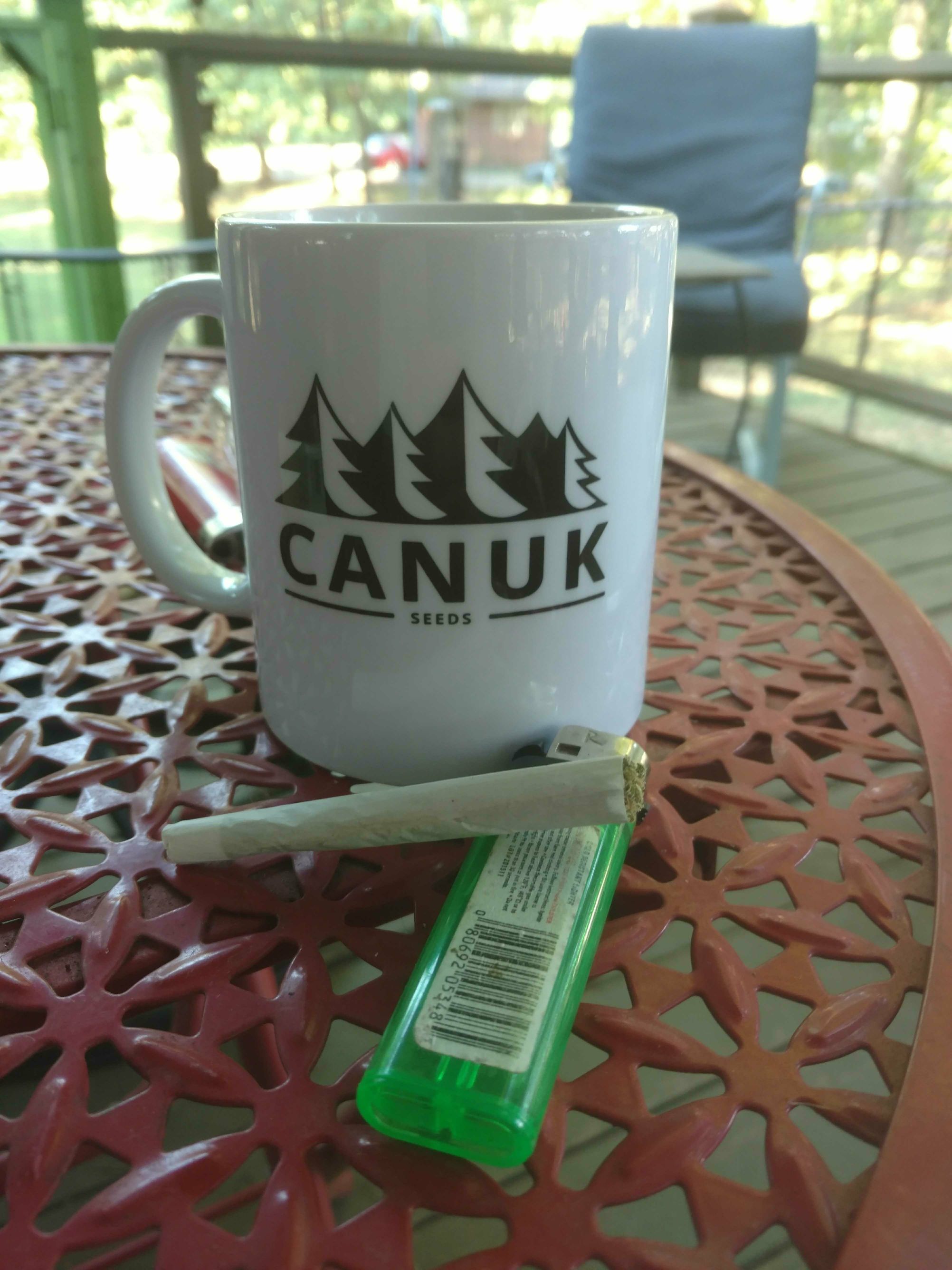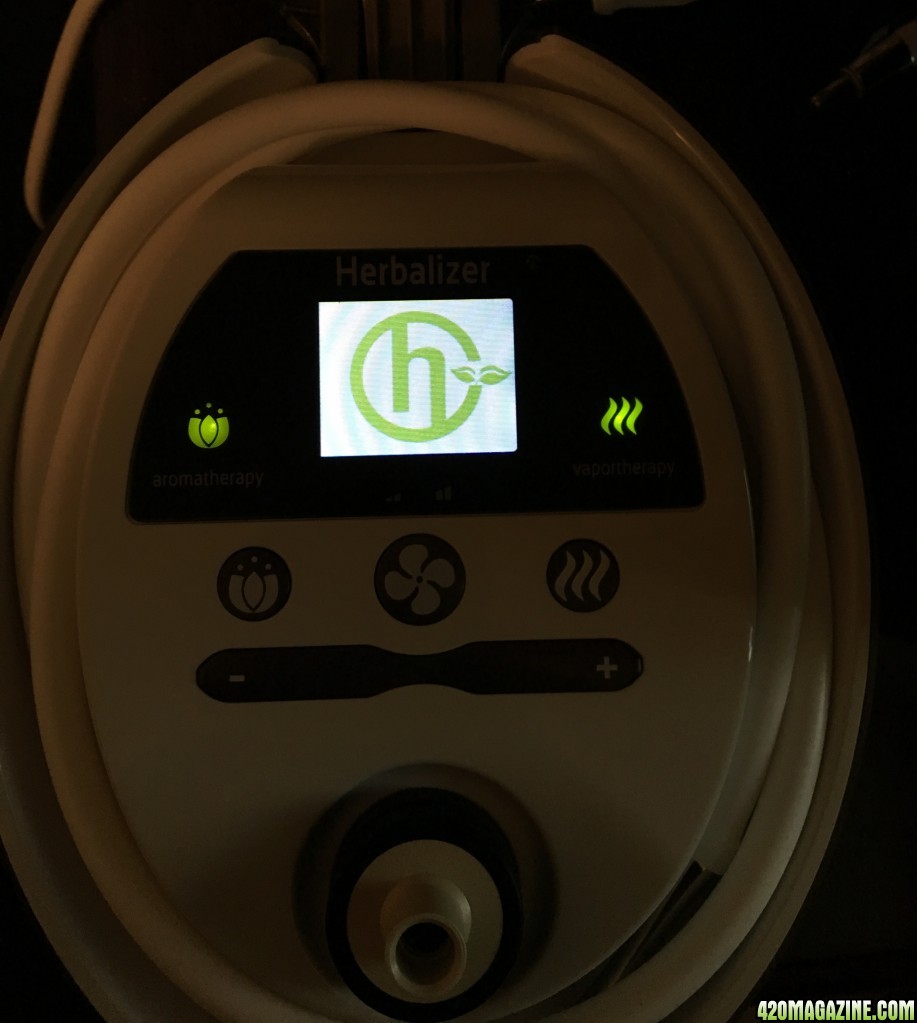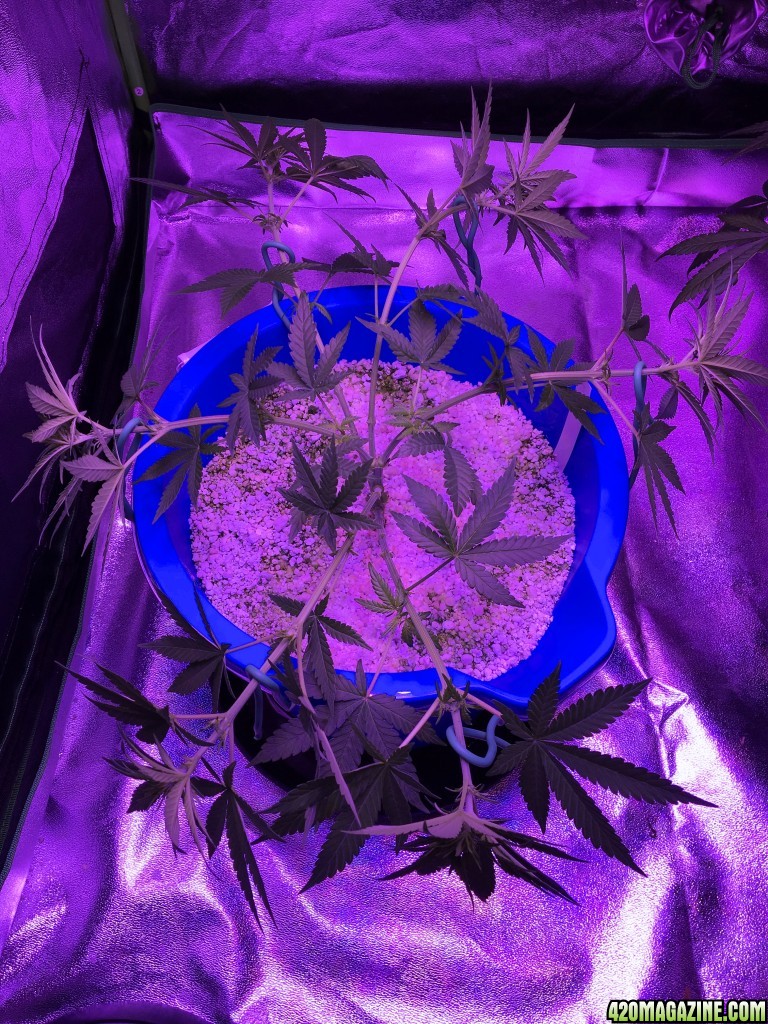All of the Miracle-Gro branded perlite I've seen locally was "fortified" with nutrients. Not much of them, but still something to be aware of. The main reason I would buy it
[EDIT: WOULDN'T buy it <OOPS!>
], however, is that I only ever see it in those tiny little eight-quart bags (for anywhere from $9 to TWENTY DOLLARS!!! lol). Last time I was running low on perlite, I stopped at one plant nursery to see if they still had 2-ft³ bags for around $20. Nope. So I went up the road a few miles to the other local plant nursery and asked the same thing. The lady said, "No, but I can sell you a 4-ft³ bag for $25." Four cubic feet equals just a smidgen under 30 gallons - or almost
120 quarts. It was also a coarser grade than the MG stuff.
Try calling your local (plant) nurseries and greenhouses, and asking them if they have either two- or four-cubic foot bags of perlite - and, if so, how much they cost. The stuff won't spoil, freeze, melt, et cetera - so if you don't use it all this year, it'll still be good next year. An eight-quart bag of perlite won't come up to the halfway mark on a five-gallon bucket :icon_roll .
I'd never heard of that brand. I did a quick search and learned that Lowes hardware(-themed department) stores sell it. Is it compressed into the usual "brick," or loose in a bag? If the latter, is it pure coco coir? It looks like the company also offers a product that's a mixture of coco coir and perlite (which might be fine, of course, but it might also end up being expensive for what you get, IDK).
Regardless of how it comes packaged, check to see whether or not it has been well rinsed, and if it has been properly prepped for growing plants. Typically, by soaking in a mild solution of calcium nitrate and water. Coco coir, by its nature (and the environment in which most coconut trees grow), is full of sodium and potassium. The calcium nitrate soak exchanges much of that for calcium. If it is not done - and if I understand this correctly, lol - it can "hold onto" much of the calcium that's in one's nutrients. I
assume that it could release a good bit of sodium and potassium in the process; a lot of sodium isn't good, and while potassium is necessary, having extra could throw off one's nutrient ratios. See the article linked to in the first post of this thread:
Buffering Up: Adjusting the Cation Exchange Capacity in Coco Growing Media
I should probably mention that the link is to an article in Advanced Nutrients' "adzine," so there's no guarantee the link will be there forever.
 I'd forgotten about the pipe cleaners. I keep them aside for harvests, but they'd certainly work as restraints.
I'd forgotten about the pipe cleaners. I keep them aside for harvests, but they'd certainly work as restraints. 
 Alright, I'll break out the water pipe and join you in a morning attitude adjustment with some low and slo dried Carnival. Yesterday I used it exclusively, and I can't believe how high I stayed on singular hits. I don't think I took more than ten hits the whole day long, and I was so high that when I went for a walk I was actually concerned that maybe I'd have been better advised to stay home.
Alright, I'll break out the water pipe and join you in a morning attitude adjustment with some low and slo dried Carnival. Yesterday I used it exclusively, and I can't believe how high I stayed on singular hits. I don't think I took more than ten hits the whole day long, and I was so high that when I went for a walk I was actually concerned that maybe I'd have been better advised to stay home. 



 You have a wonderful day Guage.
You have a wonderful day Guage. 





 .
.